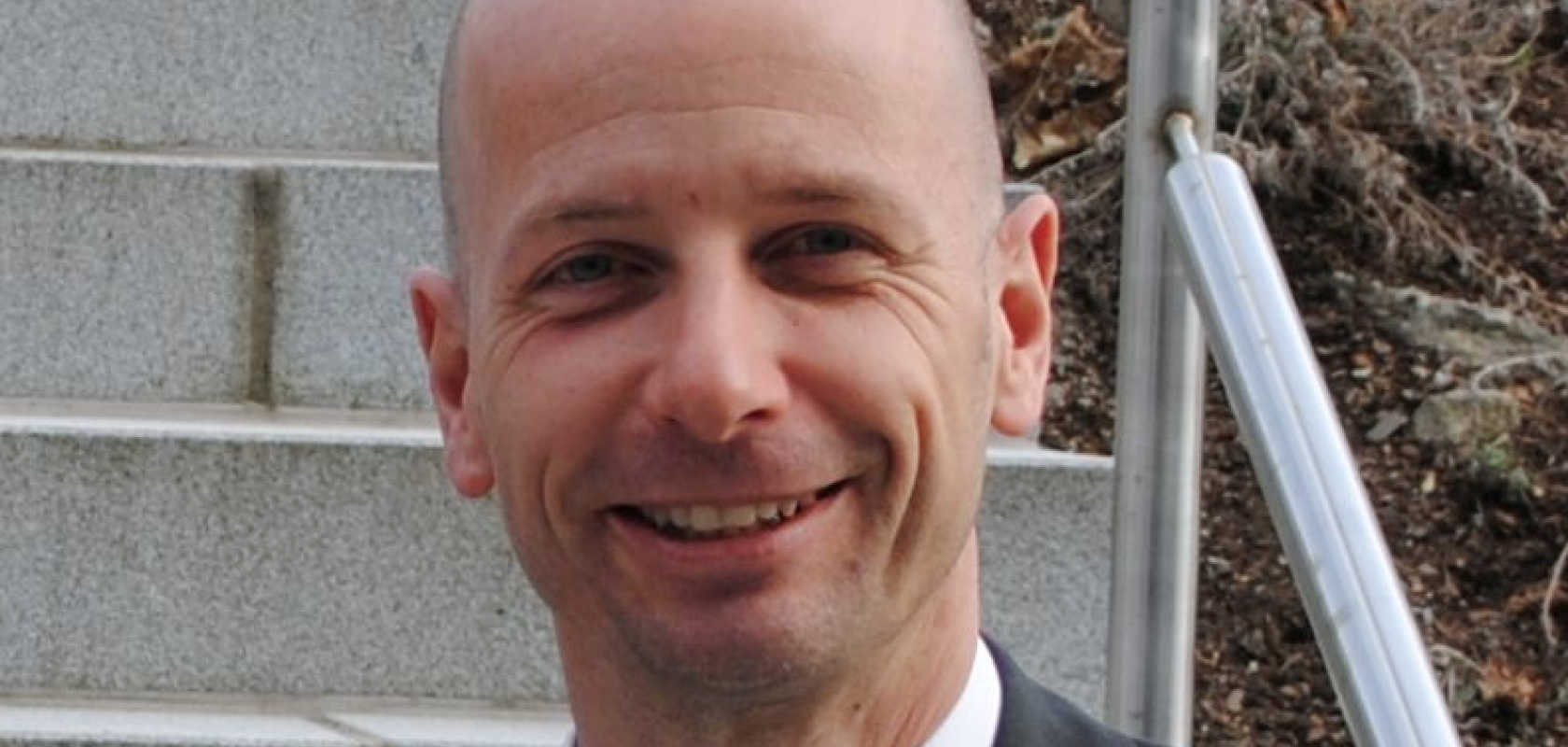Oliver Fähnle, of Fisba, says progress in light tool optimisation relies on communities in the supply chain talking to one another
For thousands of years, mankind has relied on light to solve daily challenges. From lighting and warming our caves in prehistoric times, all the way to present-day applications in communication, measurement, illumination and imaging technologies, ranging from landing robots on asteroids to in vivo removal of kidney stones.
While the quality of a light tool is given by its performance parameters and tolerances, such as modulation transfer function (MTF), contrast, dB and imaging quality, its applicability depends on the quality of the generated optical system. This depends on how optical elements (such as lenses, beam splitters and mirrors) are designed, produced and positioned in respect to one another.
During the generation of optical systems, three different entities are involved:
(a) initially, optical system designers translate the light tool performance parameters into optical system parameters, such as types of glass used, lens geometries, surface shape accuracies, roughness and mid-spatials, as well as types of coatings applied.
(b) subsequently, optics fabrication designers translate the optical system’s parameters into a well-designed fabrication chain, employing machinery with optimised sets of fabrication parameters such as the types of abrasives used, machining kinematics, resonance frequencies, or the sputtering rates being applied.
(c) finally, production managers use the installed optical fabrication chain to manufacture the optical system, using optimised batch sizes, and with the help of well-trained operators and automated systems.
In summary, three different communities are involved in designing and manufacturing optical systems to allow light to be used as a tool.
The fact that completely different types of training are needed for the generation of light tools, optical systems and fabrication chains has led to the emergence of separate disciplines and communities: optics design, fabrication design and manufacturing. Each of these communities has its scientific conferences and industrial exhibitions, hardly communicating with each other.
Consequently, to make further progress in the optimisation of light tools, we need to bring these communities closer. We need to enable technological discussions and better understand each other’s languages and cultures.
To that aim, during its EOSAM2020 conference, the EOS has organised a topical meeting appealing to all three communities, allowing optics designers to listen to fabrication designers and vice versa. The conference is called Optical System Design, Tolerancing and Manufacturing.
I invite you to publish your work, research and projects in the field of optical design and its fabrication at EOSAM2020 to help to merge optics design and optics fabrication again. Because the generation of light tools is all about unity.
--
EOSAM is a major international scientific conference, with exhibition and industrial programme, held in Porto, Portugal, 7-11 September. EOSAM includes the conference on Optical System Design, Tolerancing and Manufacturing (TOM3), chaired by the author, Oliver Fähnle, together with Sven Schröder and Marco Hanft.


